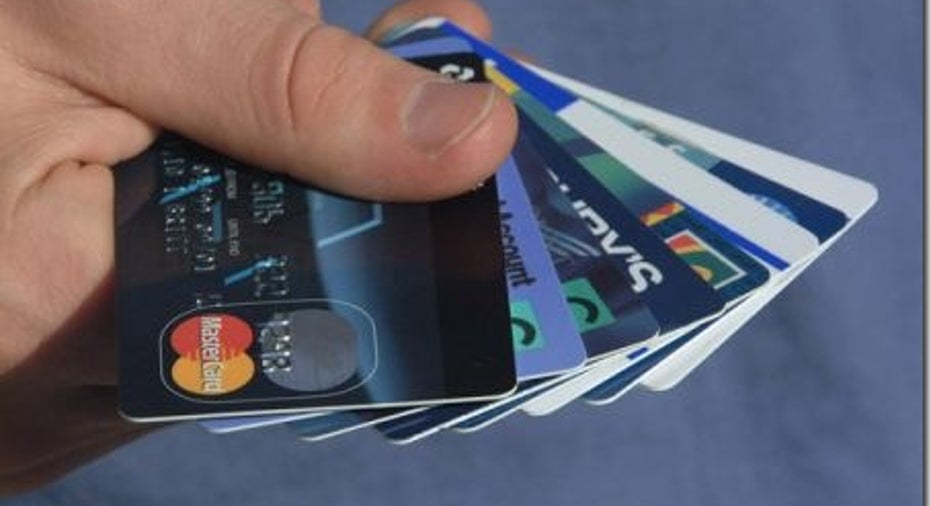Credit Cards: How to Avoid Getting Tricked This Holiday Season

'Tis the season to charge it.
Pay a little now, finance the rest with credit cards. If you're like a lot of people, that might sound like a good deal for holiday shopping. "We spend more in this five-week week period than in the collective 47 weeks that lead up to it," says credit expert John Ulzheimer.
Yet your option to pay the full amount that is due for the billing period -- the smart thing to do -- may not be the most prominent one displayed on your credit card statement. And when you go online to pay your bill, the minimum payment box might already be checked.
Even sophisticated consumers can fall into the minimum payment trap, according to Linda Salisbury, a Boston College professor who studied consumer behavior when paying credit card bills. She surveyed hundreds of people on the subject.
Using actual credit card payment data collected by British researchers as well as her own research, she says consumers appear to be drawn to paying less than they might have when they see a "minimum payment" amount on their bill.
Credit experts say you need to resist the draw to pay low and instead shell out for as much as you can afford in order to break the hold of card debt. That attraction to pay less, Salisbury says, has a greater impact on people who have the money to pay the bill, because they could afford to pay the full amount, but don't, and end up spending money on interest instead.
The impact of paying the minimum is significant. An example: If you have $10,000 in debt on card with a 10% interest rate and a bank that requires a minimum payment of 4% of the balance (initially $400 a month), it would take about 10 years to pay off that card if nothing more was charged. Increase your payment to $800 a month and it would take 14 months and save you nearly $2,000 in interest.
That impact is even greater on those who accept the tempting store credit card offers being constantly dangled in front of them, with those cards typically carrying interest rates at 20% and higher.
New York City bankruptcy lawyer Daniel Gershburg says he sees the psychological pull to pay the minimum by clients all the time.
"They believe that because they're making this tiny payment every month, they are above water, when, in actuality, they're not," he says. "It's really a huge problem because consumers then spend so much more and pay so much more in interest because of this unrealistic sense of security that a minimum brings with it."
You might think that the calculations on your statement showing how long it will take to pay off your credit card debt would motivate higher payments. But that hasn't been the case, Salisbury says. "We were surprised that the additional cost and loan payoff information didn't have a positive effect."
The federal CARD Act, which took effect in 2010, is responsible for the disclosures we now see on credit card statements -- how long it will take to pay off a balance if you pay the minimum as well as how much you'd have to pay monthly to retire your debt in three years. There are also plenty of online calculators out there, such as what you can find on http://Bills.com, that let you change scenarios to see just how much a difference a bigger (or smaller) payment can make.
"Give it a try the numbers can be scary," says Bills.com president Ethan Ewing: "The minimum monthly payment is a costly way to pay down your balance, and can effectively lock you into a lifetime of debt."
The Consumer Financial Protection Bureau says 70% of consumers surveyed say they have noticed new credit card disclosures on their bills. But fewer than one-third say this caused them to make bigger payments or stop charging up their cards.
A bit of good news for holiday shoppers with good credit who are intent on paying off their debt: A resurgence of card offers featuring introductory balance transfer interest rates that last a year or more (Citi is offering 21 months). Some of the offers are fee-free. Others charge up to 3% of the balance, that could be hefty -- $600 if you transfer $20,000.